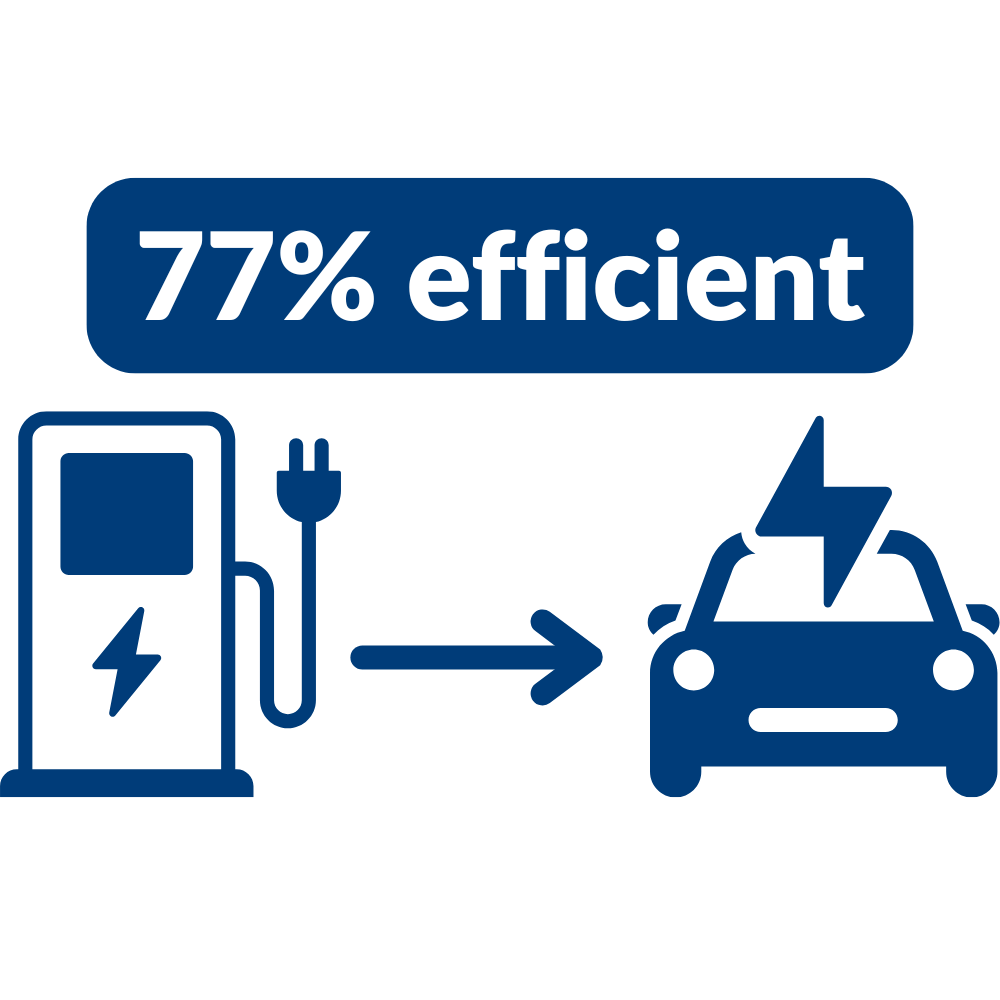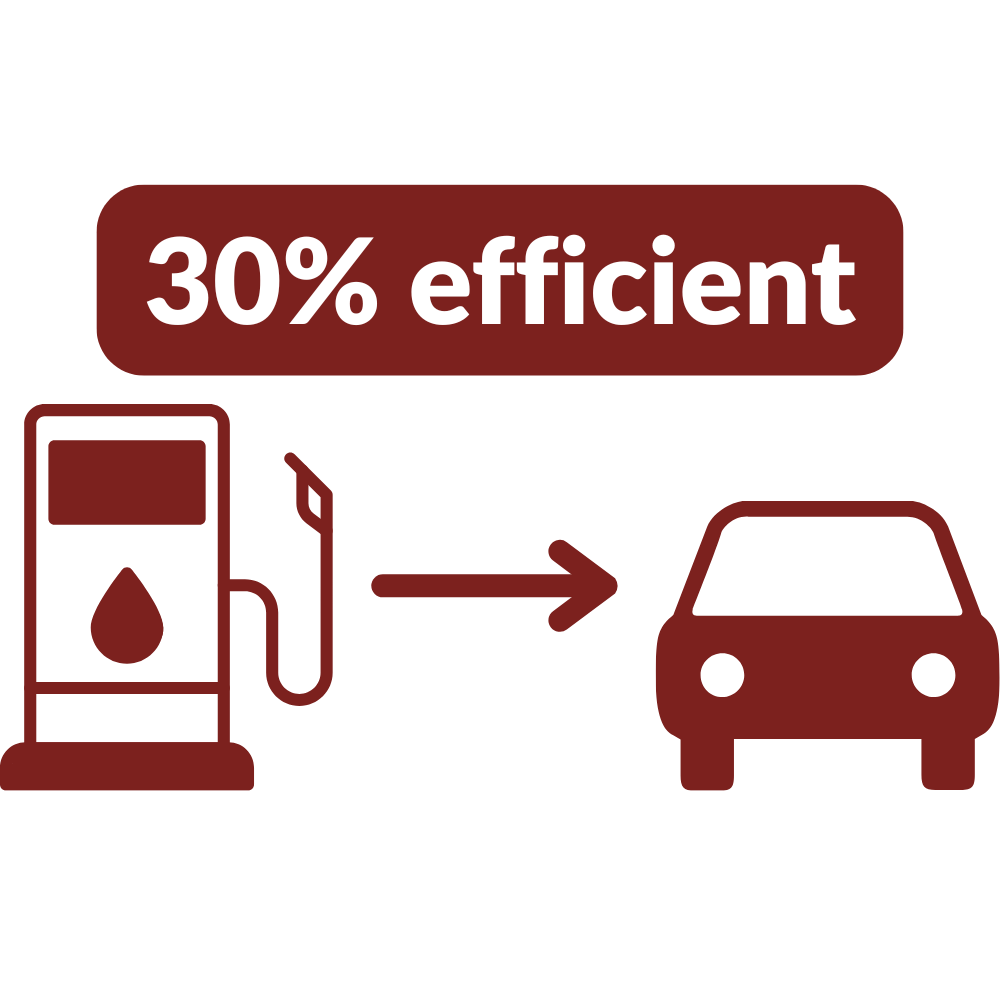
Drive toward a cleaner future with reliable, cost-effective, and efficient transportation.
Learn more about the benefits of Electric Vehicles (EVs) and check out some common myths and realities of EV ownership below!
Have questions about EVs? Our staff is here to help! Call (707) 269-1700 or email info@redwoodenergy.org
Why Drive an Electric Vehicle?
Better for the Environment
- EVs produce zero tailpipe emissions, reducing air pollution.
- EVs have a lower carbon footprint compared to gasoline-powered cars, even when accounting for electricity generation.
Lower Fuel & Maintenance Costs
- Charging an EV is often cheaper than buying gas, especially with off-peak rates.
- Fewer moving parts mean lower maintenance costs—no oil changes, fewer brake replacements, and a longer vehicle lifespan.
Better Performance & Driving Experience
- Instant torque for fast acceleration and smooth driving.
- Quieter operation and lower vibration compared to gas-powered cars.
EV Myths & Realities

“EVs Don’t Have Enough Range”
- Today’s EVs offer various range options, with many models exceeding 250 miles per charge.
- Most daily commutes in Humboldt County are well within the range of a single charge.

“Charging is Too Difficult”
- Public charging stations are expanding across Humboldt County, with more Level 2 and DC fast chargers available.
- Home charging options make refueling as simple as plugging in overnight.

“EVs Don’t Work in Rural Areas”
- EVs handle local and highway driving well, and regenerative braking helps maximize efficiency.
- AWD and 4WD electric models are becoming more common for those who need them.

Unmatched EV Efficiency
Regardless of how you get your electricity, electric vehicles (EV) are much more efficient than internal combustion engine (ICE) vehicles.
Electric Engines

In an electric vehicle (EV), about 85% of the energy from electricity is used to power the wheels. Because EVs use electric motors to put energy directly into driving the wheels, there’s no need to convert energy from one form to another. EVs also take advantage of regenerative braking to recharge the vehicle’s battery, adding to their overall efficiency.
Overall, EVs convert over 77% of the electricity from the grid to power the wheels.
Gasoline Engines

In an internal combustion engine (ICE) vehicle, about 20% of the energy in gasoline is used to power the wheels, and 80% of that energy is lost to inefficiencies. ICEs ignite liquid fuel to create a pressurized gas that pushes pistons to turn a crankshaft which ultimately spins the car’s wheels, and this multistep process bleeds off energy all along the way.
Overall, ICE vehicles convert 12-30% of the energy stored in gasoline to power the wheels.
Ready to start driving electric?
Still Have Questions?
RCEA is here to help! Contact us for expert advice on EV ownership, incentives, and local charging options.
Call (707 269-1700 or email info@redwoodenergy.org